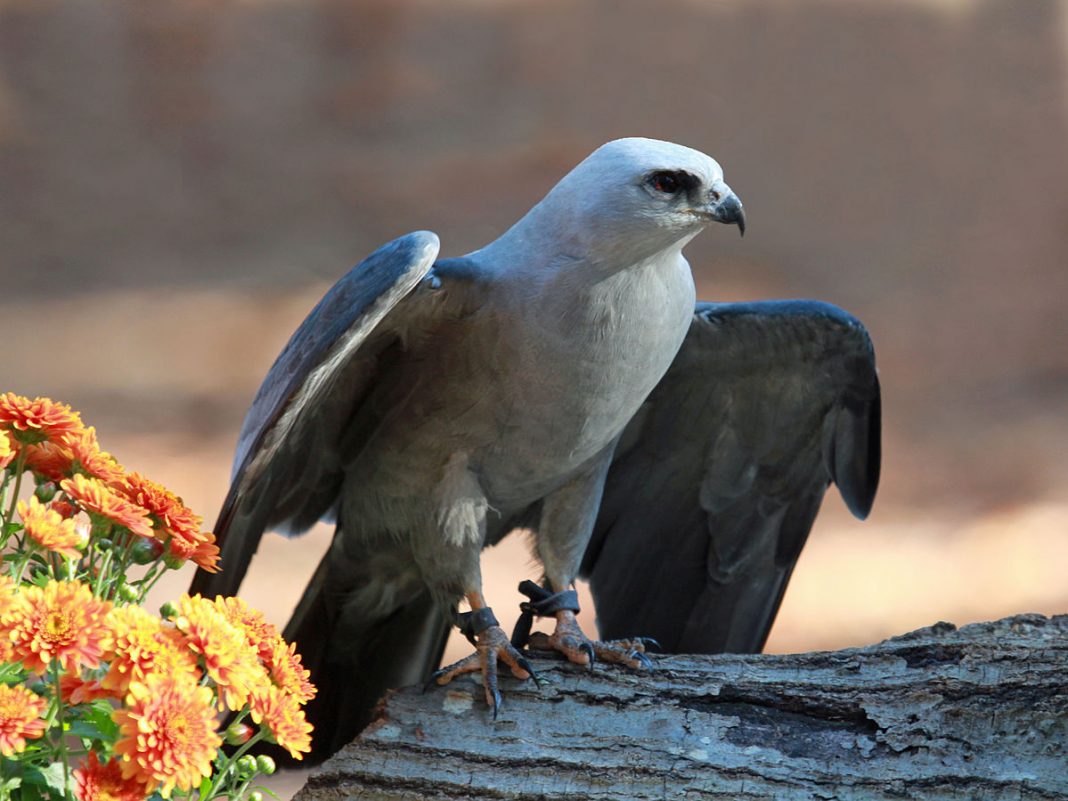

More often though, migrating raptors seeking to save energy will utilize the updrafts created by winds striking the slopes of the region’s numerous ridges. Broad-winged Hawks migrating from the northeast make a long trek toward the Houston, Texas, area, then turn due south along the Gulf of Mexico on their way to the tropics for winter.

After ascending, “Broad-wings” stream away from the top of the warm air column and continue off to the southwest, gliding slowly down to the lower reaches of yet another updraft to repeat the process. Solar heating of south-facing hillsides, parking lots, and other surfaces creates the columns of rising air that these birds are so adept at locating during their autumnal flights. If you keep a close eye on the skies of the Lower Susquehanna River Watershed during the month of September, you stand a pretty good chance of seeing at least one “kettle” of Broad-winged Hawks passing by-even from your own home! Soaring Broad-winged Hawks circle in a thermal updraft to gain altitude on a September day. A hill or a rooftop situated along the birds’ flight path will often suffice. Birds using this tactic can be observed from almost any location with an unobstructed view of the sky.

To save energy while migrating, many raptors, particularly vultures and Broad-winged Hawks, seek out thermal updrafts (air rising above surfaces heated by the sun) to soar upon and gain altitude before gliding away. Another concentration in mid-spring may include both non-breeding eagles from the lower Susquehanna/upper Chesapeake region and post-breeding wanderers from nesting areas in southern states, particularly Florida. Eagles are most numerous from mid-November through early winter. Route 1 crosses the Susquehanna River at Rising Sun, MD). Enthusiasts travel hundreds of miles to observe and photograph Bald Eagles at Conowingo Dam (where U.S. It is during this time that an observer has the opportunity to compare the familiar species with those that are uncommon or are not likely to be encountered during other times of the year. But without a doubt, the best time to learn diurnal raptor identification is during the spectacular autumn migrations when their numbers and variety are at their maximum. Beginning in November each year, a visit to the lower Susquehanna offers an opportunity to examine Bald Eagles, our national emblem, in abundance, particularly at Conowingo Dam where a hundred birds or more often gather during late fall and early winter. And then there are the Bald Eagles, which again nest not only along the river, but in upland areas as well, often joining vultures and Red-tailed Hawks as carrion-eaters on agricultural lands, even where high-intensity farming is practiced. Ospreys and Peregrine Falcons, lost entirely as a breeding species for much of the twentieth century, again nest at a few locations along the Susquehanna. Cooper’s Hawks too, have, in recent years, adapted to life in and around city and town. As farm acreage decreases, the former has transitioned to suburban life and, in many cases, squirrel consumption. Red-tailed Hawks and American Kestrels can be found in rodent-rich grasslands and pastures. Vultures can be seen cruising the skies in search of roadkill and other carrion. One can study diurnal raptors almost anywhere in the Lower Susquehanna River Watershed. A Photographic Identification Guide to the Diurnal Raptors of the Lower Susquehanna River Watershed


 0 kommentar(er)
0 kommentar(er)
